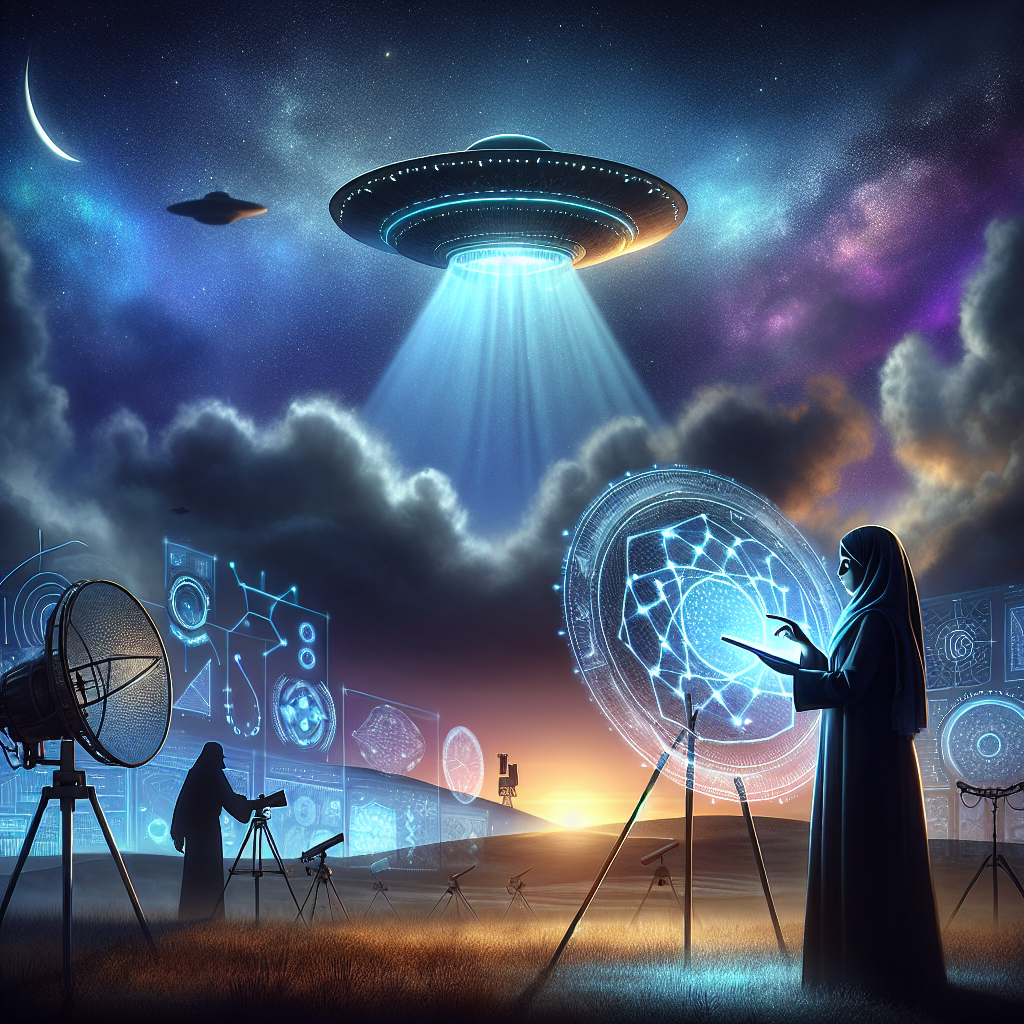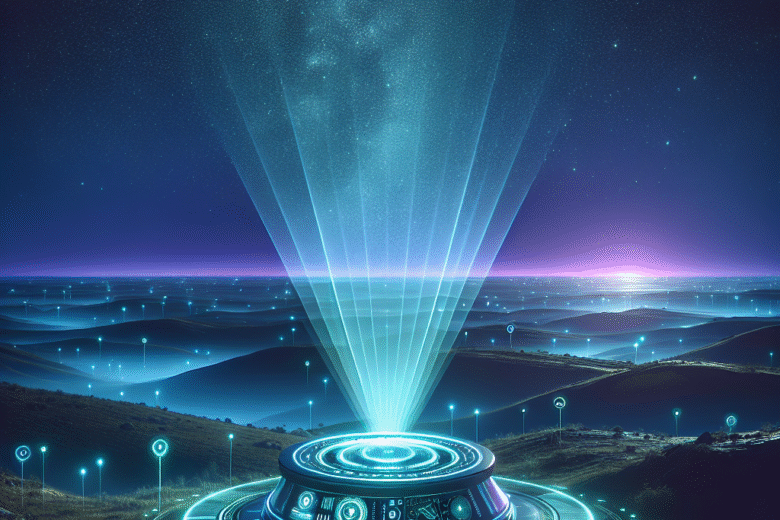The New Era of UFO Detection Tools and Their Capabilities
In a world where the unknown captures our imaginations, the mysterious phenomena of unidentified flying objects (UFOs) continue to intrigue us. With recent advancements in technology, we are entering a new era of UFO detection tools. These tools promise not only to enhance our understanding of these enigmatic objects but also to provide new insights into the universe. In this blog post, we will explore the capabilities of these cutting-edge tools and how they are revolutionizing the field of UFO research.
Table of Contents
1. Introduction to UFO Detection Tools
2. The Evolution of UFO Detection Technologies
3. Cutting-Edge Tools in UFO Detection
4. Capabilities and Limitations
5. The Impact on Scientific Research
6. Conclusion
7. FAQs
Introduction to UFO Detection Tools
For centuries, UFOs have been a topic of fascination and debate. Whether you are a believer or a skeptic, the question remains: What are these mysterious objects seen in our skies? To solve this puzzle, scientists and researchers have developed advanced detection tools that leverage modern technology to observe, analyze, and document these occurrences more accurately than ever before.
The Evolution of UFO Detection Technologies
The journey of UFO detection has come a long way. In the past, sightings were mostly anecdotal, relying on eyewitness accounts and photographs that were often blurry or easily debunked. However, as technology advanced, so did our methods of investigation.

Early attempts included radar systems and simple telescopic observations. These provided a foundation but were limited by their lack of precision and coverage. Fast forward to today, and we have sophisticated satellite imaging, high-resolution cameras, and artificial intelligence (AI) that can sift through vast amounts of data to identify anomalies.
Cutting-Edge Tools in UFO Detection
Let’s delve into some of the most exciting tools that are reshaping UFO detection:
1. High-Resolution Satellite Imaging
Satellites equipped with high-resolution cameras now orbit our planet, capturing detailed images of the Earth’s surface. These images can be analyzed for unusual patterns or movements that could indicate the presence of UFOs. The ability to cover large areas with precision makes satellites an invaluable tool in the detection arsenal.
2. AI and Machine Learning
AI and machine learning algorithms have transformed data analysis. By processing vast datasets, these technologies can identify patterns or anomalies that might be missed by the human eye. They can be trained to recognize the signatures of known aircraft and filter out false positives, making the identification of genuine UFOs more efficient.
3. Infrared and Thermal Imaging
Infrared and thermal imaging devices detect heat signatures that are invisible to the naked eye. These tools are particularly useful in spotting objects that may not reflect light, such as those operating under stealth or low light conditions.
4. Advanced Radar Systems
Modern radar systems are far more sophisticated than their predecessors. They can track objects in three dimensions, providing real-time data on speed, altitude, and trajectory. This information is crucial for distinguishing between conventional aircraft and potential UFOs.
Capabilities and Limitations
While the advancements in UFO detection tools are impressive, they are not without limitations. High-resolution satellite imaging, for instance, is restricted by weather conditions and can be disrupted by cloud cover. AI systems require large amounts of training data to improve accuracy, which can be a significant barrier. Moreover, while infrared imaging is effective at detecting heat, it cannot always differentiate between natural phenomena and artificial objects.
The Impact on Scientific Research
The new era of UFO detection tools is not just exciting for enthusiasts and the curious public; it has significant implications for scientific research. By providing concrete data, these tools help shift the conversation from speculation to empirical evidence. This shift encourages a more rigorous scientific approach to studying UFOs and understanding their potential origins and implications.
Furthermore, the collaboration between civilian researchers and government agencies has been strengthened by these technological advancements. This partnership fosters a more comprehensive approach to UFO research, pooling resources and expertise to tackle this complex subject.
Conclusion
The new era of UFO detection tools marks an exciting chapter in our quest to understand the unknown. With advanced technologies at our disposal, we are better equipped than ever to explore the mysteries of UFOs and their capabilities. As research continues, we can look forward to uncovering more secrets of the skies and possibly redefining our knowledge of the universe.
FAQs
Q: What are UFO detection tools?
A: UFO detection tools are technologies and methods used to observe, analyze, and document unidentified flying objects, utilizing advanced imaging, radar, and AI systems.
Q: How do satellites help in UFO detection?
A: Satellites provide high-resolution images of Earth’s surface, allowing for detailed observation of unusual patterns or movements that may indicate UFO presence.
Q: Can AI really identify UFOs?
A: Yes, AI can process large datasets to detect patterns or anomalies that might indicate UFOs, although it requires extensive training data to improve accuracy.
Q: What are the limitations of current UFO detection tools?
A: Limitations include weather interference in satellite imaging, the need for large AI datasets, and the inability of infrared imaging to distinguish between natural and artificial objects.
🔍 As we continue to explore the skies, it’s important to remain open-minded and rigorous in our quest for understanding. Who knows what we’ll discover next? 🌌
Looking for a side hustle
Check out one of the best around atm
